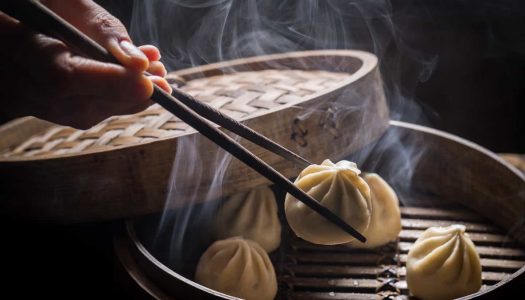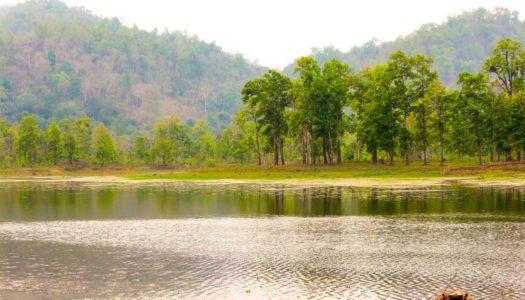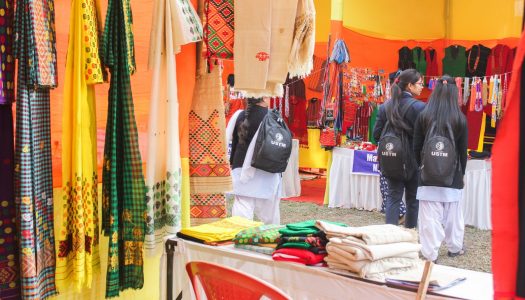The Ambubachi Mela in Kamakhya Temple, Assam, is one of the most anticipated spiritual festivals in India. This is when people from across the country flock to the religious abode to seek blessings from Goddess Kamakhya and also to take part in the spiritual activities that will lead one to the path of devotion and enlightenment. There is a saying that during the Ambubachi Mela, the spiritual vibrations of the temple are so high that the pilgrims can easily connect with the Goddess and wish for their heart desires. This is also the time of fertility and rejuvenation when people believe that mother nature is in its most fertile form.
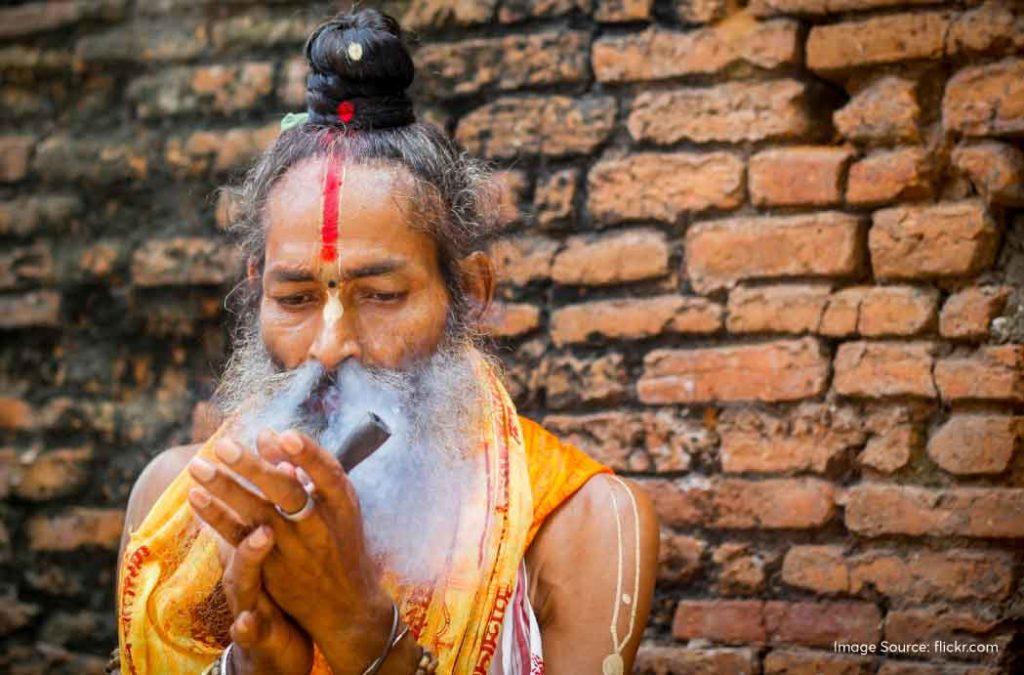
So, what exactly is the Ambubachi Mela and what does it signify? Let’s know everything about the much-awaited festival, its history, date and timings along with the main rituals and ceremonies.
History of Ambubachi Mela
The story of Goddess Sati is the foundation of the Kamakhya Temple.
Sati was the daughter of King Daksha. The King was a staunch believer of Lord Vishnu and often organised yajnas and prayers to seek his blessings. But, Sati was different. She grew up with a deep reverence for Lord Shiva. Eventually, she also fell in love with him and won his heart. But King Daksha was against her decision to marry Lord Shiva. He did not approve of the Lord dwelling with the dead, frequenting the graveyards and even his lifestyle and dressing used to irk the ruler. Nevertheless, Sati married Lord Shiva and settled in Mount Kailash.
King Daksha organised a yajna and invited Sati to it, deliberately not extending his invitation to his son-in-law. Sati wanted to go to the yajna but Lord Shiva suggested against it. Ignoring her husband’s advice, Sati attended the event, but King Daksha insulted Lord Shiva openly among the attendees and this hurt Goddess Sati deeply. She understood that her father invited her to demean her husband and not out of love for his daughter. She was furious that her father spoke ill about her husband and also felt guilty that she did not listen to him when he asked her not to attend the yajna. Unable to bear the insult and disgusted with her birth as Daksha’s daughter, she awakened her inner ‘shakti’ (fire) and immolated herself.
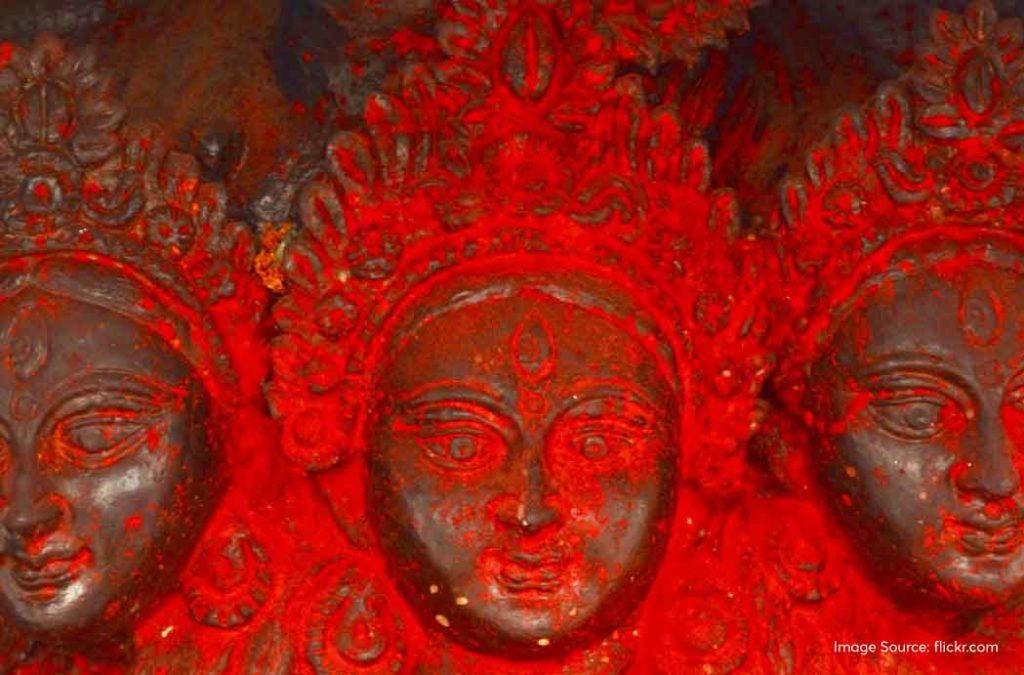
After Lord Shiva heard the news of his wife’s death, his anger knew no bounds. He took the form of ‘Veerabhadra’ and beheaded Daksha. Holding Sati’s body close to him, he started the dance of destruction that began to disturb the balance of the universe. Lord Vishnu had to intervene to stop Lord Shiva.
He sent out his Sudarshan Chakra or the ‘celestial wheel’ and cut Sati’s body into 51 pieces that fell in different regions of India and the surrounding countries. Not having Sati’s body in his arms finally pulled Lord Shiva out of his destructive trance.
It is said that Goddess Sati’s womb fell in Guwahati, Assam where the Kamakhya Temple is now constructed. It was in the 10th century when the spiritual abode’s first foundation was laid down. Later, it underwent several renovations and changes to look like what it is today.
Why is Ambubachi Mela celebrated?
Goddess Sati or Shakti is worshipped as Goddess Kamakhya in the temple. The Ambubachi Mela marks the Goddess’s annual menstruation period. The temple will be closed for three days to give the Goddess the much-needed rest and relaxation when she bleeds. This period signifies the strength of femininity and is an appreciation of the giving nature of womanhood. It won’t be wrong to say that the people are thanking the Goddess for giving them the power of creating life and sustaining mankind.
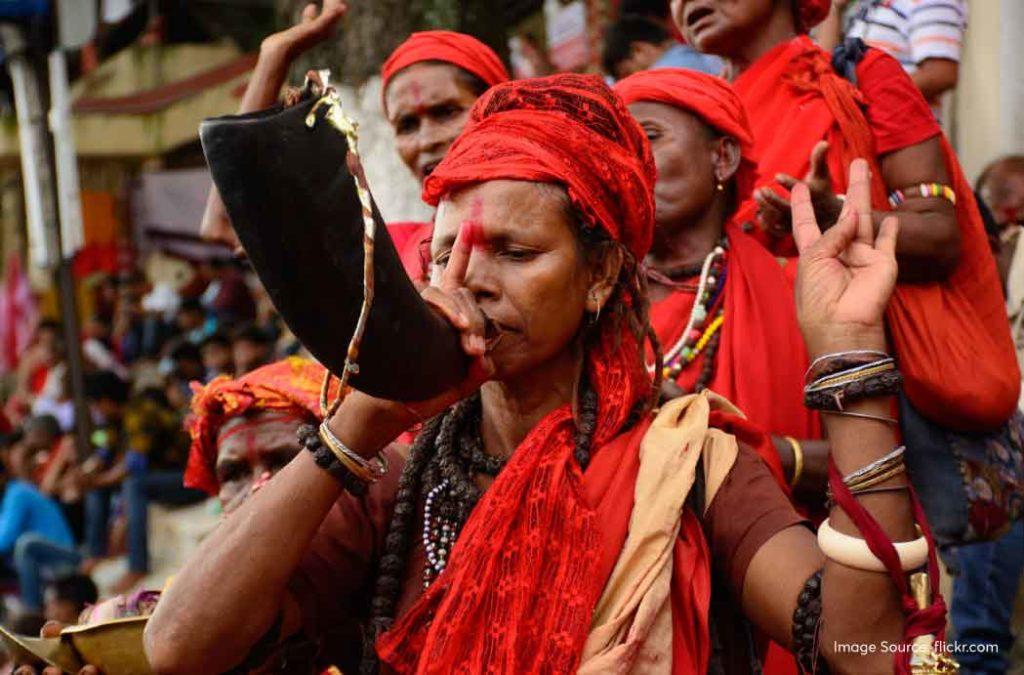
The spiritual vibrations and the power of the deity are very high during the Ambubachi Mela. That is why people seek blessings and try to connect with the Almighty during the time and pay their respects to the Goddess for her righteousness and sacrifices.
Dates and Timings of Ambubachi Mela
The Ambubachi Mela is usually held in the monsoon season. It falls in the Ashadha month of the Hindu calendar which is also known as Aahar in Assamese. This is sometime around mid-June. However, the actual dates of the festival are different every year.
In 2024, the Ambubachi Mela will happen from 22nd June to 26th June. On 22nd June, people will offer their prayers to the Goddess before the temple doors and the premises are closed. On 26th June, they will be opened again for worship. These three days of complete closure are called ‘Ambubachi’.
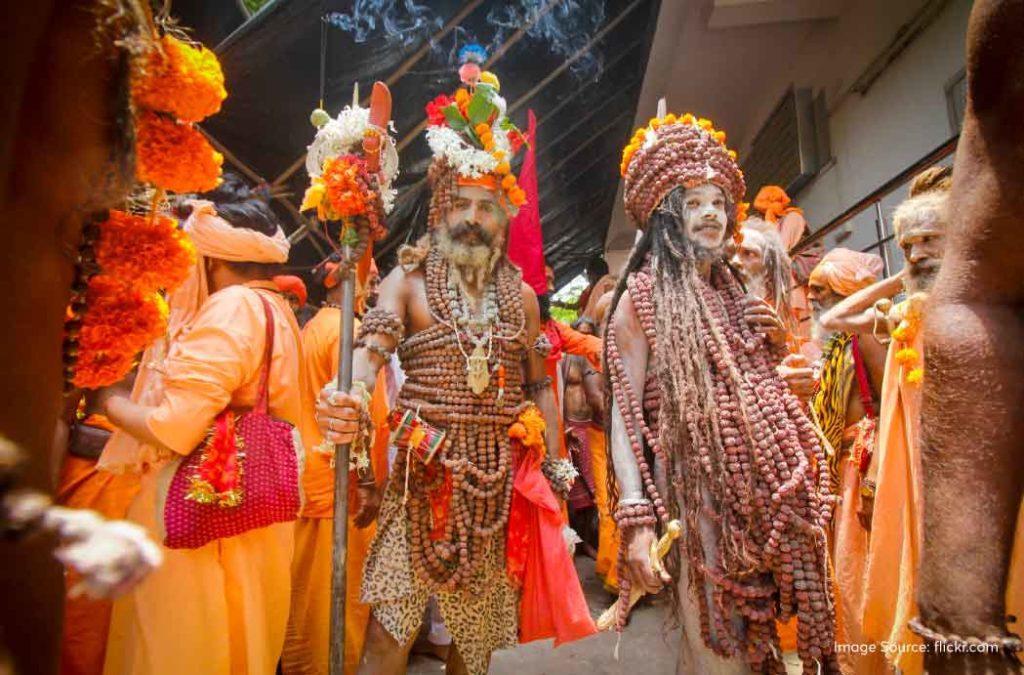
Usually, the Kamakhya Temple opens at 8:00 AM. But on the 22nd of June, the temple doors will close at midnight and not open the following morning. The auspicious timing (Prabritti timing) when the Goddess will start menstruating and the main gates will be closed would be 2:30:42 AM on the 23rd of June.
Main Rituals and Practices
The Kamakhya Temple is known for ancient tantric practices and you can see several yogis and babas indulging in the same during the Ambubachi Mela 2024.
People strongly believe that because of the menstrual cycle of Goddess Kamakhya, Mother Nature or Earth is in a constant state of vibration. It is also not clean because of the continuous blood flow. Devotees refrain from cooking, indulging in religious practices, reading holy books or even farming.
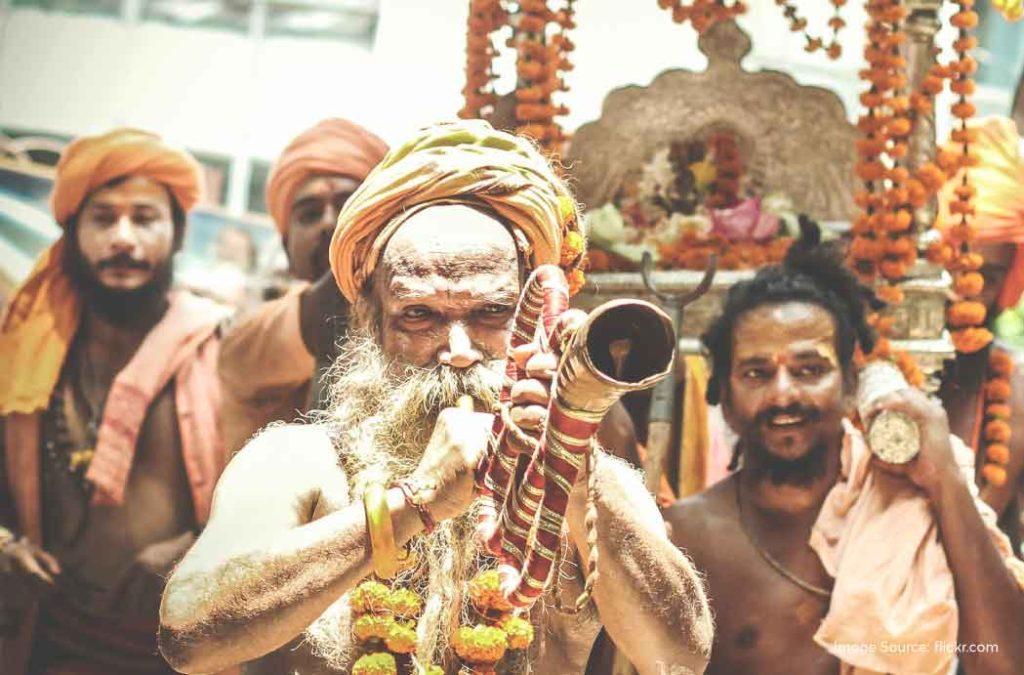
However, they do fast and sit in a meditative state to seek blessings and spiritual purification. Offerings are made to Goddess Kamakhya like fruits, flowers and traditional sweets that the deity likes. Some say that these offerings act as a source of energy for the Goddess because she becomes tired because of the menstruation. These offerings are made in the households and not in the temple as the premises are completely closed for three days.
Pooja and Ceremonies
The priests inside the temple take up purification and cleansing rituals when the main sanctum sanctorum is closed. They clean the outer premises and the compound area while the Goddess rests in her abode.
Before they close the doors, they wrap the yoni-shaped idol in a white cloth. On 26th June, 6:00 AM, the doors to the temple will be opened again. The white cloth turns red after three days. No one has an explanation for it. Devotees say that the Goddess’s blood changes the colour of the cloth.
The priests cleanse and purify the sanctum sanctorum on the last day before letting the devotees in for their darshan. They give out three main things to the pilgrims – Angodak, Andabastra and Kamakhya Devi bhog.
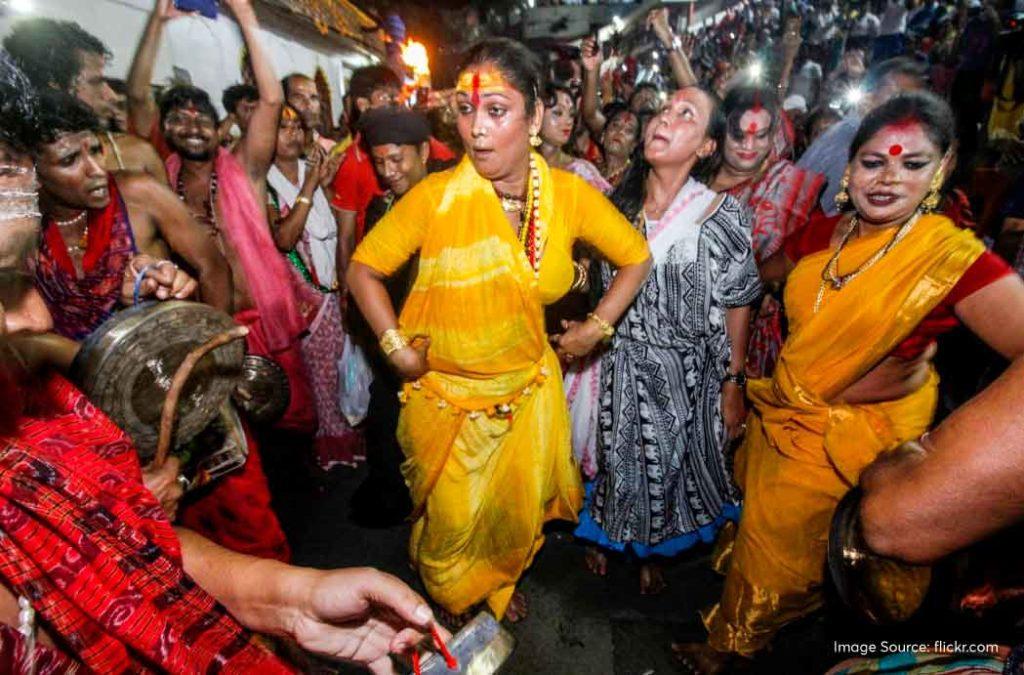
The Angodak is the red-coloured holy water which is said to have been released during the menstrual cycle. It is a mixture of holy water and vermillion. The Angabastra is the piece of the same red cloth that was wrapped around the Goddess when the temple was closed. It is also called Ambubachi Vastra.
The Kamakhya Devi bhog is simple Khichdi made from lentils and rice. It is distributed among the devotees. There is an Anna Seva Kendra (dining hall) in the temple premises where pilgrims can have the bhog and also pack some to take back home.
Women also take Kamakhya Devi’s holy vermillion as this is said to bring good luck, prosperity and fertility into one’s life, especially after they get married.
Spiritual Significance of the Mela
Ambubachi Mela signifies the power of creation and regeneration. This is the time when the Goddess is menstruating, a sign of fertility and good health. It is also a time when a female has high hormonal activity in the body, thereby having more vibrational energies.
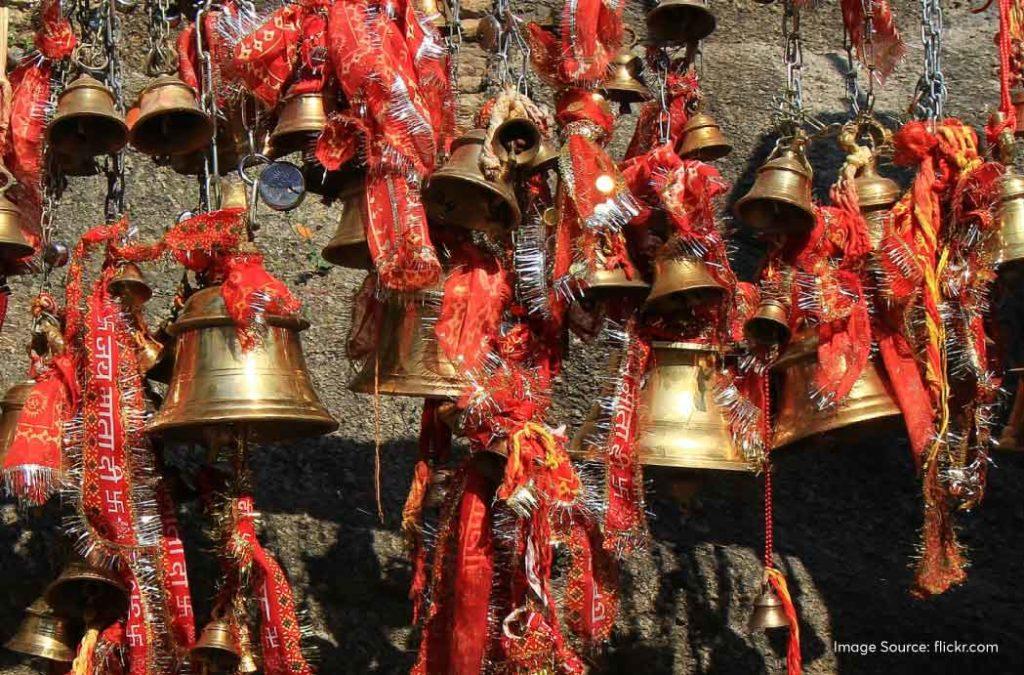
Ambubachi Mela removes the taboo around the topic of ‘female menstruation’ and gives out the message that even the Goddess has to go through it to rejuvenate life and give way to new creations. She, herself, goes into a state of meditation during the time and people try to align with her meditating and seeking her spiritual presence around them.
After you visit the temple, consider indulging in things to do in Guwahati for the perfect vacation with your loved ones.
Devotion and Pilgrims
During the Ambubachi mela, the temple premises are closed but the surroundings bustle with activities. Sadhus and Yogis from across the globe come here to indulge in tantric practices or meditate close to the main temple. They also interact with the devotees and guide them towards the spiritual path. Several stalls will be put up outside. Devotees can get offerings, fruits and flowers from these places. People gather to meditate in groups and pray together to seek the Goddess’s blessings.
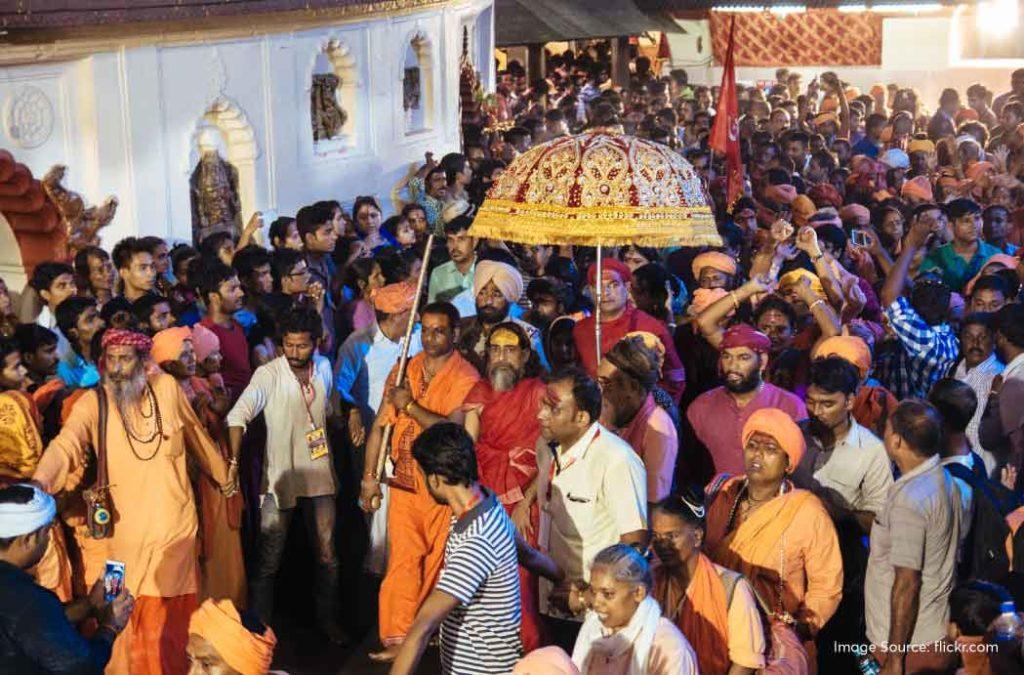
Once the temple doors are opened, these devotees trek for almost 3 kilometres to reach the main sanctum sanctorum. Vehicles are not allowed in the temple premises. It is also not possible to manoeuvre them amidst the large crowd.
You will be surprised to know that close to 5 lakh people attended Ambubachi Mela in 2023 and the number is expected to grow in 2024.
How to Reach Kamakhya Temple?
By Air
Kamakhya Devi Temple is located in Guwahati, Assam. Several domestic airlines operate flights from different parts of the country to Guwahati Airport. People arriving from other countries may have to land in Delhi first and take a connecting flight. The Guwahati Airport is roughly 18 kms away from the temple.
By Rail
Guwahati has two railway stations – Kamakhya Railway Station and Guwahati Railway Station. The Kamakhya Railway Station is much closer to the temple but the trains that arrive here are not well-connected with other Indian cities. Guwahati Railway Station is a better option for those arriving from the south, west and certain regions of the northern parts of India. It is about 8 kms away from the temple.
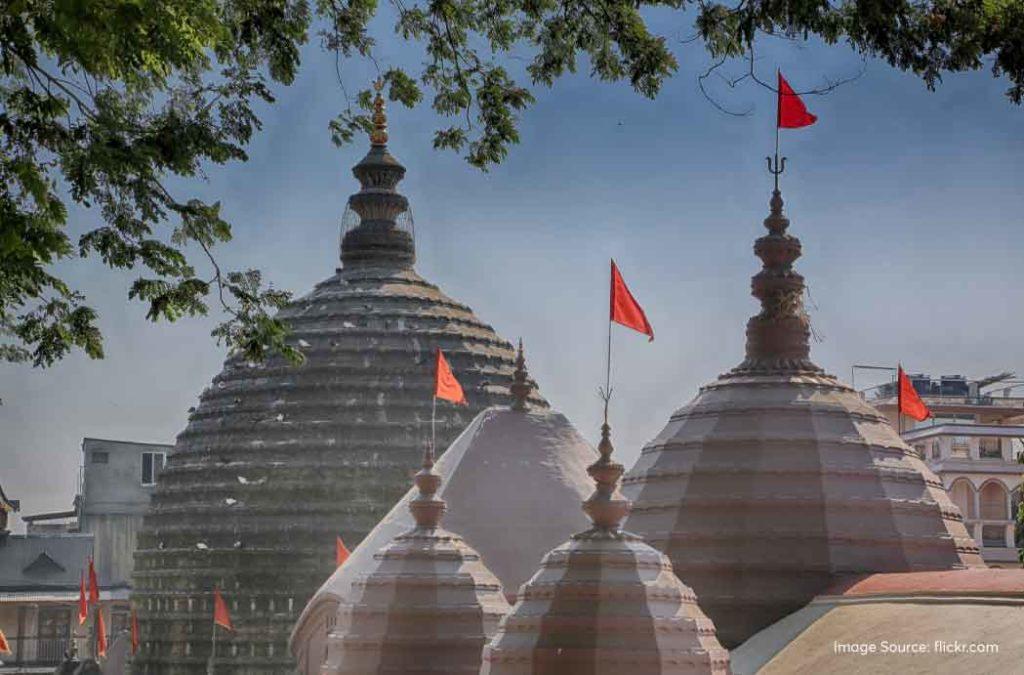
By Road
Several state-operated buses and local auto-rickshaws can take you directly to Kamakhya Temple. People travelling with their own vehicles can connect to NH17 and NH40 to reach Guwahati. It is best to check into hotels in Guwahati first, relax and refresh before going to the temple. No vehicles are allowed post the police checkpost so you have to walk for at least a few kilometres.
FAQs
1 – Where is the Ambubachi Mela 2024 celebrated?
A – The Ambubachi Mela is celebrated in Devi Kamakhya Temple of Guwahati, Assam.
2 – When is the Ambubachi Mela 2024?
A – The Ambubachi Mela is celebrated in the Ashada month of the Hindu calendar which is also known as Aahar in Assamese. In 2024, the dates are from 22nd June to 26th June.
3 – When will the temple gates close during Ambubachi Mela?
A – In 2024, the temple gates will be closed on 22nd June, at midnight and will reopen on 26th June at 6:00 AM.
4 – Are men not allowed to attend Ambubachi Mela?
A – Men can attend the Ambubachi Mela, take part in the rituals and seek blessings from the Goddess. However, they are not allowed in certain restricted spaces of the temple premises during the menstruation period.
5 – Does the river water turn red during Ambubachi Mela?
A – It is said that the water of the Brahmaputra river turns slightly red during the Ambubachi Mela when Goddess Sati or Kamakhya bleeds for three days. It signifies that mother nature is also undergoing a vibrational change of rejuvenation.
No VIP or VVIP passes are provided for Ambubachi Mela. During the festival, everyone is equal before the Goddess and must take the ardent trekking route to reach her abode. The peaceful environment and the evident spiritual energy are certain to make you feel closer to the deity. It is the perfect time to seek blessings and ask the Goddess for your heart’s desires!
















